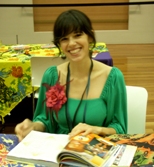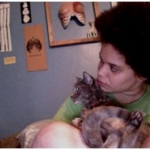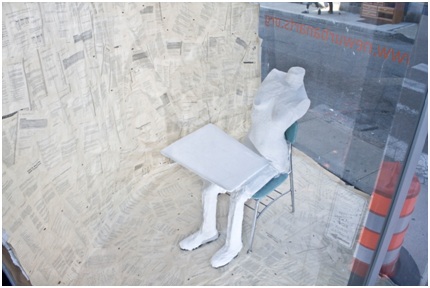
Rebecca Yenawine
What We Bring to the Table: Understanding Community Arts Impact on Youth
Posted by May 02, 2012

Rebecca Yenawine
I have been a community arts practitioner in Baltimore City for the last 15 years.
After years of being asked by funders how my program evaluates its outcomes and answering with anecdotal stories and satisfaction survey results, I decided to try to find more meaningful ways tell the story of this work so that its potential for impact could be better understood and attract investment and resources. To this end, I began some small research projects.
In 2010, Zoe Reznick Gewanter and I conducted a study of 14 community arts practitioners. Practitioners were interviewed and asked how they define community arts, what their methods are and what outcomes they see as a result of the work. Here's a video of that work:
After transcribing and coding their interviews, several clusters of outcomes emerged:
Read More













